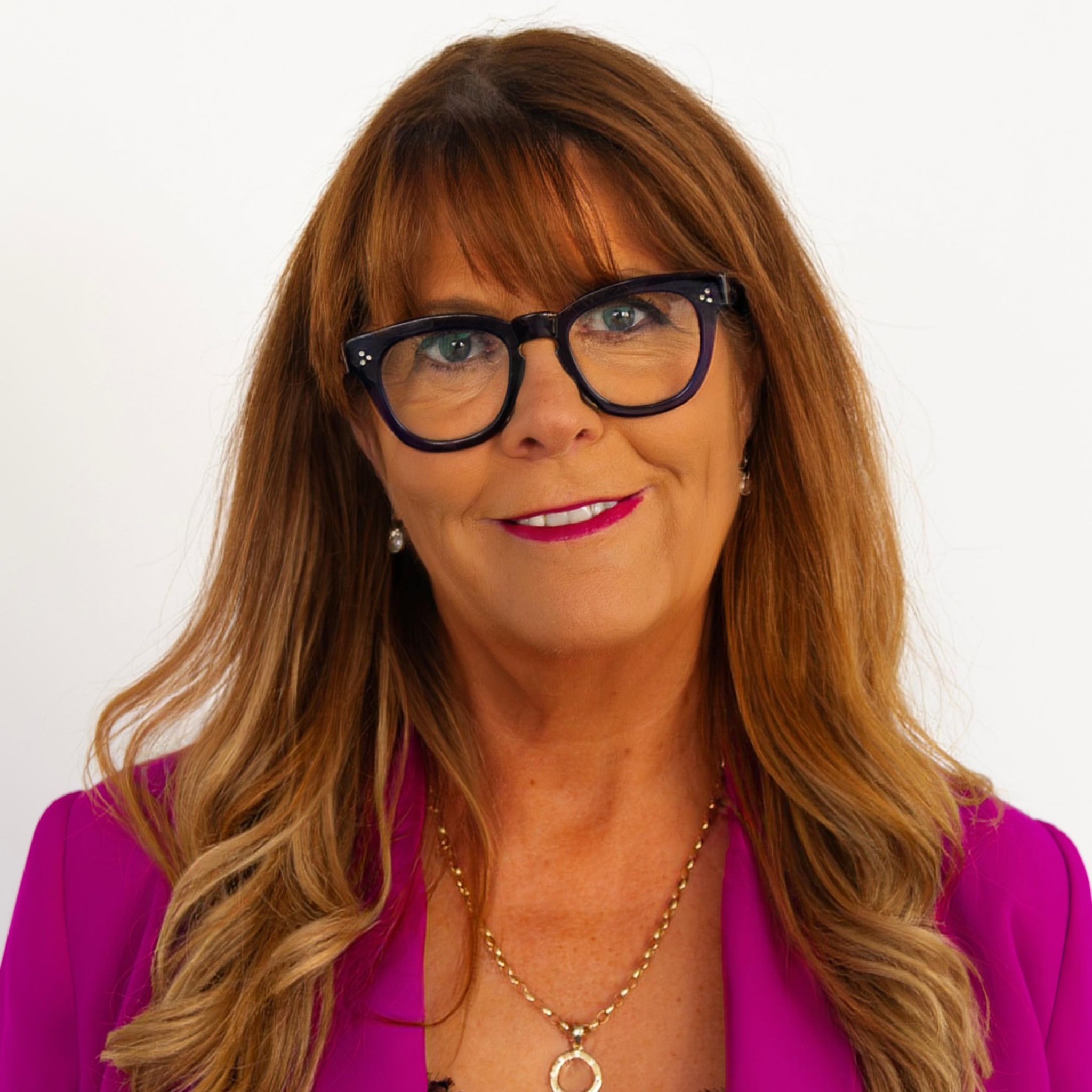
Next Meeting Topic
When was the last time you considered your product or service ‘mix’? Do you KNOW which of your offerings are the most profitable (it’s not ALL about $$$)? As you read the article below, consider your business growth strategy when it comes to your product ‘mix’. Which of your products or services would YOU be best served to expand?
………..
Do you have the right sales mix? By Serena Irving
If you offer a variety of products or services, which ones do you want to grow? Rather than focussing on ALL your revenue streams, why not focus on the ones which give you the best returns?
WHAT IS ‘SALES MIX’?
Your sales mix is the proportion of each product/service your business sells relative to total sales. (Source: Investopedia.com) Some items are more profitable than others, so if you boost sales of those items, you could be doing better than you would by getting the same increase in lower profit items.
HOW TO CALCULATE GROSS PROFIT PER ITEM
Gross Profit for product-based business is the difference between Sales and Cost of Sales. Cost of sales includes the cost of buying the product materials, manufacturing and other labour, packaging, freight. You should also consider the cost of marketing, if you’re targeting your advertising and promotion efforts to a particular product.
Gross Profit for a service-based business is the difference between Sales/Fees earned and Cost of Labour. If you’re providing the labour, then factor in the salary you want to pay yourself.
A PRODUCT EXAMPLE:
Assume that you sell two items:
- A skin care cream for $50, costing you $20. Your gross profit is $30 or 60% of sales ($30 ÷ $50).
- An anti-ageing serum, concentrated formulation for $200, costing you $40. Your gross profit is $160 or 80% of sales ($160 ÷ $200).
If you sell another $2,000 of skin care cream, that’s 40 additional units at $30 gross profit each for an additional $1,200 gross profit.
If you sell another $2,000 of anti-aging serum, that’s only 10 additional units at $160 gross profit each for an additional $1,600 gross profit.
Assuming there are no other barriers to production, then it would appear to be better to focus your growth strategy on selling more anti-aging serum, as you need to sell fewer products to earn a higher gross profit.
‘Production Barriers – What are you talking about, Serena?’
It may not be a simple case of selling more of Product B than Product A. You need to consider other factors too:
- Minimum order quantities
- Shelf life
- Storage requirements
- Production, logistics capacity
Using our product example, perhaps the anti-aging serum can only be ordered in batches of 100. You know you can comfortably sell 100 but you won’t want to order another 100 if you’re only planning to sell another 10. $4,000 for the extra batch is a considerable cost. Perhaps it has a 3-month shelf-life, so unsold stock will be wasted. Perhaps the serum has to be stored in a freezer to extend its life and your freezer is already full. Perhaps you can’t get enough of the secret ingredient because of production shortages or shipping delays. Work your way through these considerations, and see if they can be overcome.
A SERVICE EXAMPLE:
Assume that you have two services:
- A membership subscription for $100 a month, allowing subscribers to self-serve, download relevant coaching materials and watch videos. You have already created the platform and all the content. It takes about an hour to onboard and retain a new member at $150, so there is $1,050 gross profit from a 12-month subscription. The fixed cost of ongoing website hosting and maintenance will be there whether you have 1 or 100 subscribers.
- A one-to-one coaching package, 15 hours of your time for $7,500. Most of the time is discussion, but you will sometimes direct the client to specific videos in the member platform. You have decided that a fair rate of pay for yourself is $150 an hour. You make $5,250 gross profit from the coaching package.
One coaching package will earn you the same gross profit as five membership subscriptions but will take up fifteen hours instead of five. Assuming all other factors are the same, then it would be better to focus your growth strategy on the memberships.
DON’T NEGLECT YOUR OTHER SERVICE!
You may be forgiven for thinking that if you put all your time into Service A you won’t have to offer Service B. Using our service example, people will only sign up to the membership if they can see value in your coaching, so you have to show your credentials as a coach. The members are also a warm audience for selling your coaching and workshops. The two service offerings support each other.
Imagine if you were still building your membership platform. You would have a totally different calculation. It wouldn’t be profitable for quite some time, because the website development, videoing and editing would be upfront costs that you had to fund before you got even your first member.
What service do you enjoy providing? Perhaps you would rather spend 15 hours coaching than 5 hours onboarding and maintaining a membership platform. If you really enjoy it, it won’t seem like work.
In summary, review your sales mix and focus your growth strategy on the products or services which give you the best returns, either in profit OR fulfilment.
Serena Irving
Serena Irving is a director in JDW Chartered Accountants Limited. JDW is a professional team of qualified accountants, auditors, business consultants, tax advisors, trust and business valuation specialists.
A well-written article like this, which is general in nature, is no substitute for specific accounting advice. Please contact the author if you have further questions. https://www.jdw.co.nz/about_us/our_directors
 Print This Post
Print This Post


